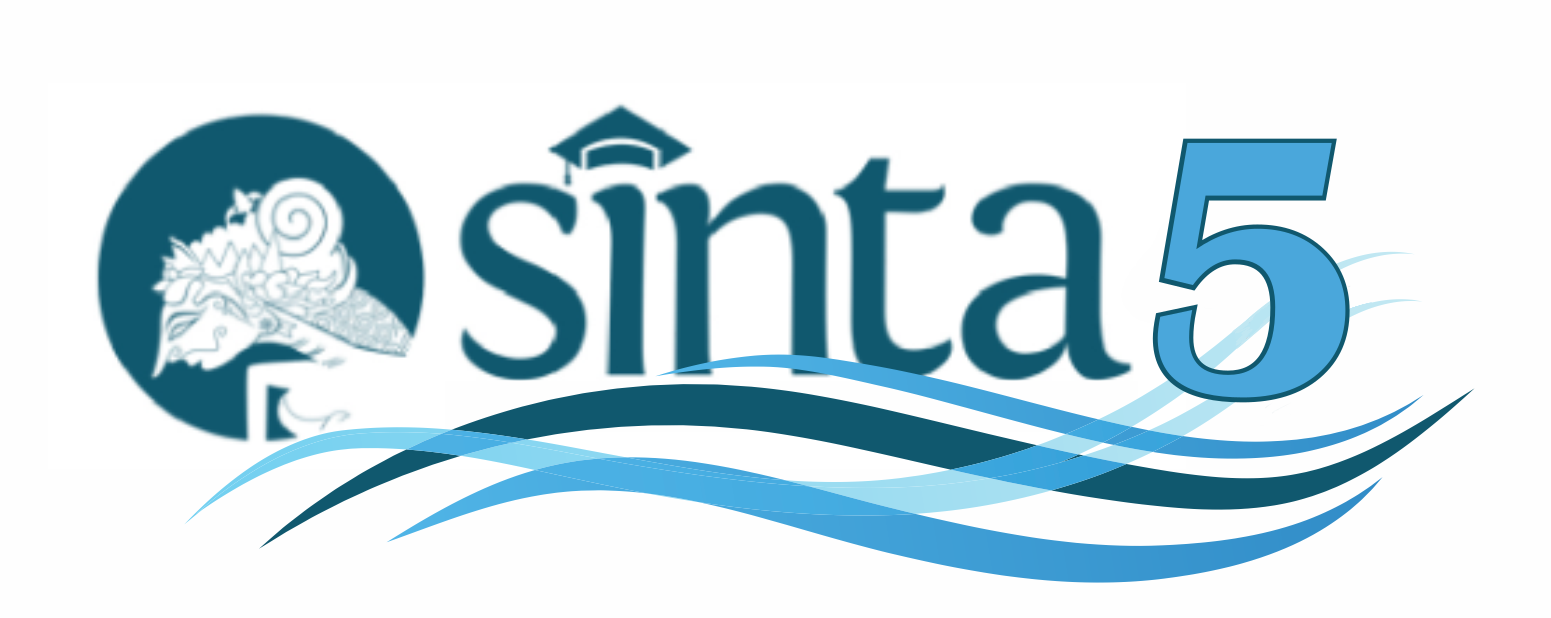Identifikasi Genetik Udang Mantis Dengan Pendekatan DNA Barcoding Gen Sitokrom Oksidase 1 (CO1)
DOI:
https://doi.org/10.31957/acr.v5i1.2269Abstract
Mantis shrimp is one of the marine organisms that has a very abundant diversity of species. The similarity of morphology of this group make it difficult to identify morphologically. Therefore, identification was carried out using a DNA barcoding approach. The purpose of this study was to identify the mantis shrimp species from Manokwari waters using molecular techniques. The CO1 gene fragments were amplified by using LCO and HCO primers. The DNA sequences obtained were analyzed for homology, phylogeny, and genetic distance using MEGA X software. A total of 537 base pairs of CO1 gene fragments of mantis shrimp from Manokwari were obtained. The results of the homology analysis on GenBank, show the highest similarity of 91.18% with sequences from the genus Gonodactylus. Analysis of phylogenetic tree and genetic distance showed the same results and supported each other with homology analysis on GenBank data.
Downloads
References
Boratyn, G. M., Camacho, C., Cooper, P. S., Coulouris, G., Fong, A., Ma, N., … Zaretskaya, I. 2013. BLAST: a more efficient report with usability improvements. Nucleic Acids Research, 41(W1), W29–W33. https://doi.org/10.1093/nar/gkt282
Camacho C., Coulouris G., Avagyan V., Ma N., Papadopoulos J., Bealer K., & Madden T.L. (2008) "BLAST+: architecture and applications." BMC Bioinformatics 10:421. PubMed
Dailami, M., Santi, D., Murtihapsari, ., Abubakar, H., & Toha, A. H. A. 2018. Genetic analisys of cytochrome oxidase sub unit 1 gene fragment from Cirrhilabrus cf. ryukyuensis (Labridae) from Cenderawasih Bay and Raja Ampat. Jurnal Iktiologi Indonesia, 18(3), 209. https://doi.org/10.32491/jii.v18i3.347
Dailami, M., Toha, A.H.A., Lapadi, I. and Kilawati, Y. 2021a. Genetic characteristics of lobster Panulirus versicolor (Latreille, 1804) from bird’s head seascape-Papua based on cytochrome oxidase subunit 1 (COI) gene. In IOP Conference Series: Earth and Environmental Science (Vol. 743, No. 1, p. 012020). IOP Publishing. Https://dx.doi.org/10.1088/1755-1315/743/1/012020
Dailami, M., Widyawati, Y. and Toha, A.H.A. 2021b. Genetic Identification of Anchovy from Cenderawasih Bay using DNA Barcoding Approach. Musamus Fisheries and Marine Journal, pp.154-166. https://doi.org/10.35724/mfmj.v3i2.3521
Folmer, O., Black M, Hoeh W, Lutz R, Vrijenhoek R. 1994. DNA primers for amplification of mitochondrial cytochrome c oxidase subunit I from diverse metazoan invertebrates. Mol. Mar. Biol. Biotechnol. 1994;3:294–9.
Kumar, S., Stecher, G., Li, M., Knyaz, C., & Tamura, K. 2018. MEGA X: Molecular evolutionary genetics analysis across computing platforms. Molecular Biology and Evolution, 35(6), 1547–1549. https://doi.org/10.1093/molbev/msy096
Lutfi, Abubakar, H., Manaf, M., Lapadi, I., & Dailami, M. 201). Genetic Identification of Aplocheilus Panchax from the Waters of West Papua Using Molecular Approach for Preventing the Spread of Malaria. Indian Journal of Public Health Research & Development, 10(10), 1348–1353. https://doi.org/10.5958/0976-5506.2019.03022.5
Nei, M., & Kumar, S. 2000. Molecular Evolution and Phylogenetics. Oxford University Press.
Patek, S. N. & Caldwell, R. L. (2005). "Extreme impact and cavitation forces of a biological hammer: strike forces of the peacock mantis shrimp". Journal of Experimental Biology. 208 (19): 3655–3664. doi:10.1242/jeb.01831
Ratnasingham, S., & Hebert, P. D. N. 2007. The Barcode of Life Data System BOLD : Molecular Ecology Notes, 2007(2007), 1–10. https://doi.org/10.1111/j.1471-8286.2006.01678.x
Ratnasingham S, and Hebert PDN. 2013. A DNA-Based Registry for All Animal Species: The Barcode Index Number (BIN) System. PLoS ONE 8(8): e66213. DOI:10.1371/journal.pone.0066213
Thompson, J. D., Higgins, D. G., & Gibson, T. J. 1994. CLUSTAL W: improving the sensitivity of progressive multiple sequence alignment through sequence weighting, position-specific gap penalties and weight matrix choice. Nucleic Acids Research, 22(22), 4673–4680. https://doi.org/10.1093/nar/22.22.4673
Toha, A. H. A., Dailami, M., Anwar, S., Setiawan, J. B., Jentewo, Y., Lapadi, I., … Madduppa, H. 2020. The genetic relationships and indo-pacific connectivity of whale sharks (Rhincodon typus) with particular reference to mitochondrial COI gene sequences from Cendrawasih bay, Papua, Indonesia. Biodiversitas, 21(5), 2159–2171. https://doi.org/10.13057/biodiv/d210544
Van Der Wal, C., Ahyong, S.T., Ho, S.Y.W., Lo, N. 2017. "The evolutionary history of Stomatopoda (Crustacea: Malacostraca) inferred from molecular data". PeerJ. 5: e3844. doi:10.7717/peerj.3844
WoRMS. 2022. Stomatopoda. Accessed at: https://www.marinespecies.org/aphia.php?p=taxdetails&id=14355 on 2022-06-26
Downloads
Published
Issue
Section
License
Copyright (c) 2022 ACROPORA: Jurnal Ilmu Kelautan dan Perikanan Papua

This work is licensed under a Creative Commons Attribution-NonCommercial-ShareAlike 4.0 International License.
Authors who publish with this journal agree to the following terms:
- Authors retain copyright and grant the journal right of first publication with the work simultaneously
licensed under a Creative Commons Attribution-NonCommercial-ShareAlike 4.0 International License
that allows others to share the work with an acknowledgement of the work's authorship and initial
publication in this journal. - Authors are able to enter into separate, additional contractual arrangements for the non-exclusive
distribution of the journal's published version of the work (e.g., post it to an institutional repository
or publish it in a book), with an acknowledgement of its initial publication in this journal. - Authors are permitted and encouraged to post their work online (e.g., in institutional repositories or
on their website) prior to and during the submission process, as it can lead to productive exchanges,
as well as earlier and greater citation of published work (See The Effect of Open Access).




















